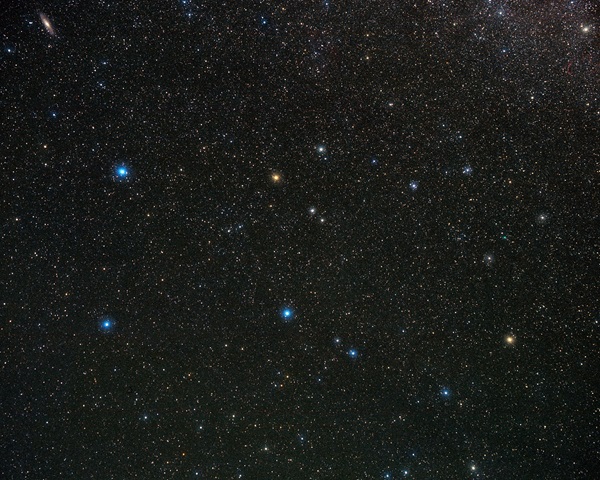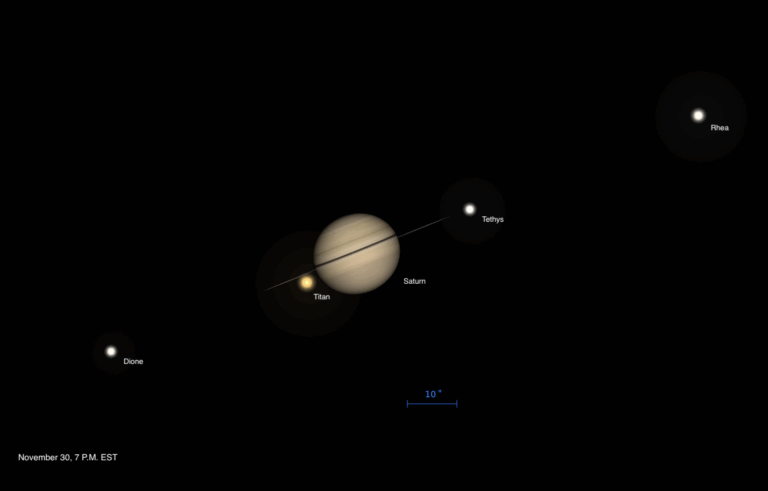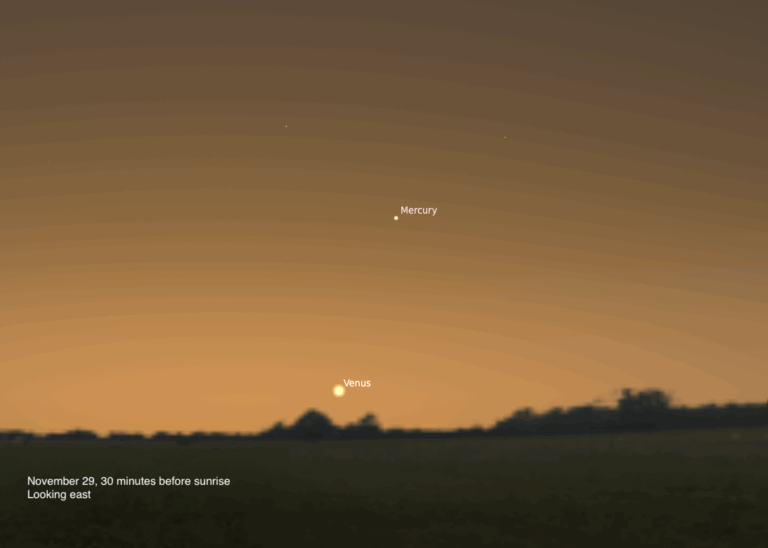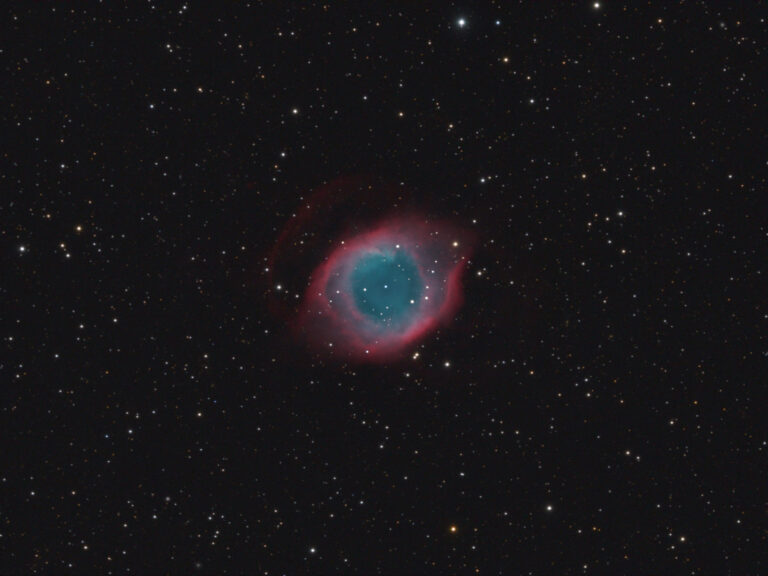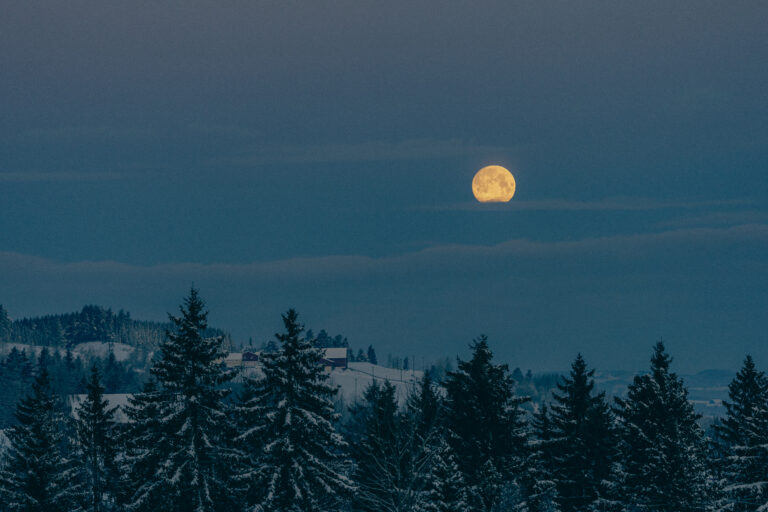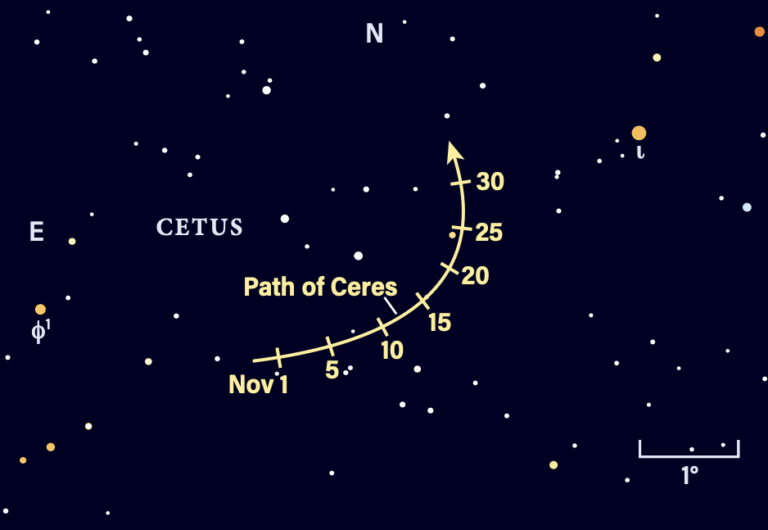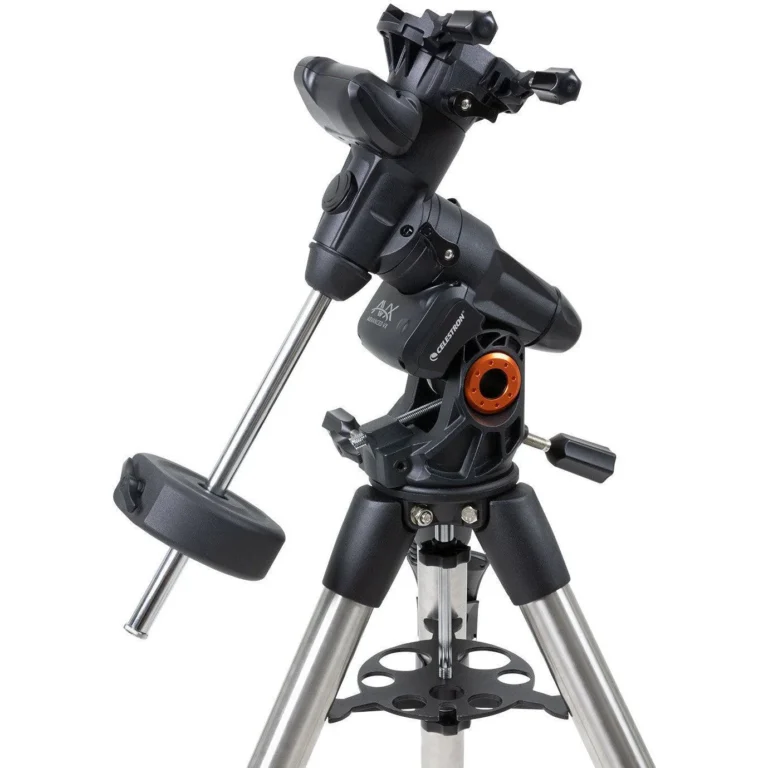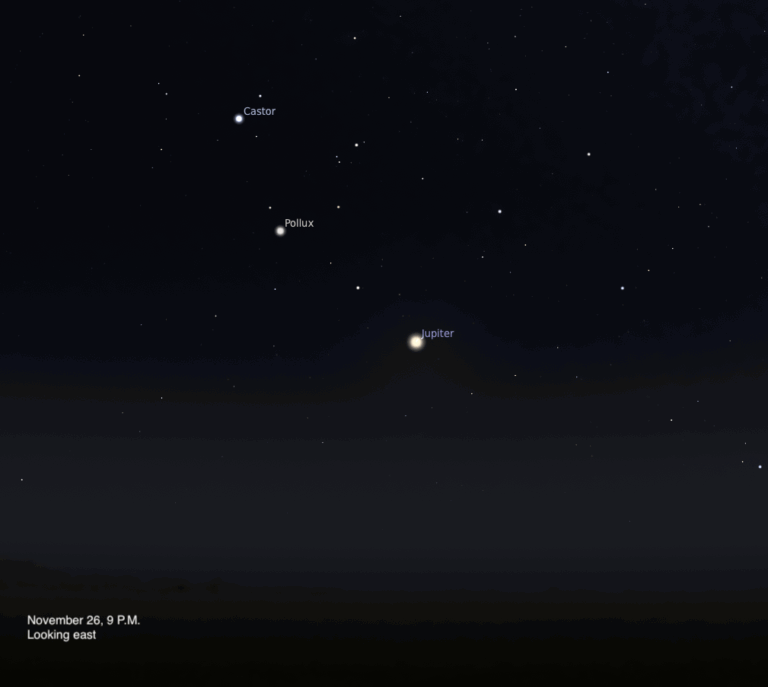Key Takeaways:
Fomalhaut (25 light-years)
Fomalhaut (Alpha [α] Piscis Austrini) is sometimes referred to as the “Lonely Star” because it occupies a barren region between the star-rich fields of the summer and winter Milky Way. At a distance of 25 light-years, its light left in 1991. Decades of world tension arising from the Cold War between the U.S. and Soviet Union were finally easing as the latter continued to dissolve. Peace was fleeting, however, because world focus now turned to the Mideast. In January 1991, the U.S. launched Operation Desert Storm against Iraq over Iraq’s invasion of Kuwait.
Alpheratz (97 light-years)
Alpheratz (Alpha Andromedae) occupies the northeast corner of the Great Square and is the only member of the quartet that isn’t part of Pegasus. Its light departed for Earth in 1919, the year World War I ended with the signing of the Treaty of Versailles. On the sports scene, 1919 was the year Curly Lambeau founded the Green Bay Packers. Every minute of this team’s history, including the Lombardi-coached juggernaut of the late 1960s and the exploits of quarterback Brett Favre, occurred during this light’s voyage.
For fans of Chicago’s White Sox baseball team, Alpheratz doesn’t shine so brightly. This was the year of the infamous Black Sox scandal, when eight players were suspected of intentionally losing the World Series to the Cincinnati Reds, five games to three.
Around the same time, American inventor Thomas Alva Edison was working on ways to supply electricity to the public. At last, streets wouldn’t need to be illuminated by oil-fueled lanterns. In a single stroke, Edison invented light pollution!
Scheat (196 light-years)
Photons from Scheat (Beta [β] Pegasi), the star we observe at the northwest corner of the Great Square, left that luminary between 1818 and 1822. This historical period included the birth of a monster, the birth of a nation, and the death of an astronomical icon.
The monster was the creature brought to life by Victor Frankenstein in Mary Wollstonecraft Shelley’s 1818 sci-fi classic, Frankenstein; or, the Modern Prometheus. The nation was Mexico, which gained its independence from Spain in 1821. The astronomical icon was William Herschel, discoverer of the planet Uranus, who died in 1822.
Algenib (333 light-years)
We complete the Great Square at the southeast corner and the star Algenib (Gamma [γ] Pegasi). Algenib’s distance is uncertain, but astronomers assume that its light departed around the year 1683, give or take a decade. In 1687, Isaac Newton published the first volume of his Principia, laying down the laws of gravity that became a critical tool for astronomers. The period also marked the births of two great Baroque composers — Antonio Vivaldi (1678) and Johann Sebastian Bach (1685).
Let me finish with a way for you to find “your” star. If you’re 25, Fomalhaut is your birth star; its light left that many years ago. For the rest of us, Nathan Smith of Woods Hole, Massachusetts, has the answers. His Birthlight Event website (xongsmith.webs.com/birthlight.html), which uses the ESA’s Hipparcos data, will generate your birth star with a few prompts. Give it a try!
Questions, comments, or suggestions? Email me at gchaple@hotmail.com. In my next column, I’ll revisit the Struve double star catalog. Clear skies!


